To most Berliners, accustomed to the vagaries of erotic dissonance, Nacktkultur and its celebration of the naked body manifested another interesting possibility in the ethos of sexual freedom. Nudist debates over chaste living, racial hygiene, “healthy desire,” and moral purity, however, irked the free-spirited city dwellers. And, in the minds of the Girl-Culture consumers, these provincial platitudes wrapped the movement in an antiquated Puritan code.
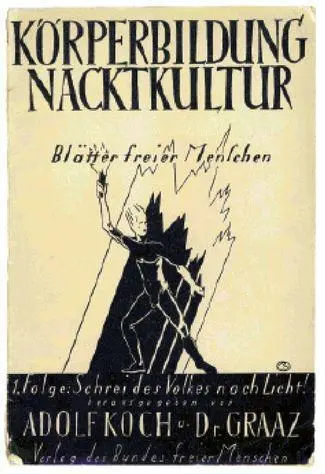
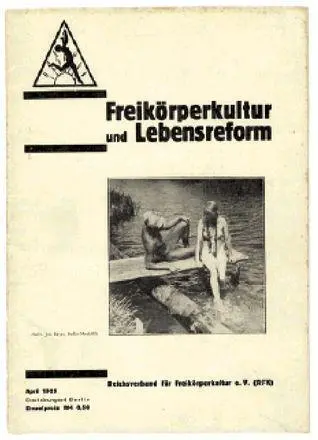
After all, Naked Dance and “Beauty Evenings,” which the Nacktkulturists vehemently condemned, also exhibited the nude body. But their prurient appeal violated the essence of modern German nudism. The healthy naked physique was not meant to be an object of male/female gaze or lewd entertainment, according to German Life Reform doctrine. Men and women who patronized Berlin’s Nachtlokals and Dielen were obvious perverts, sick relics of a commodity-driven society. In the stirring words of the Nacktkultur manifestos, shame and guilt—which unnaturally stimulated the sexual impulse—needed to be uncoupled from the display of the exposed human form.

At Birkenheide, 1926
Unfortunately, thrill-seeking Berliners too often reveled in their shame and guilt. With the air, it animated their nightly Bummels . And, during the Weimar period, at least two versions of organized nudism arose in the city: one for prudes (allied with the national federations) and one solely for Berlin’s primitive sophisticates.
German Life Reform and Nacktkultur
The jumbled and contradictory nature of the Weimar German Life Reform and Nacktkultur movement is usually explained by its divergent nineteenth-century roots. Between 1870 and 1900, over 200 alternative therapies and patented health regimens—some fantastic and others with a scientific underpinning—sprang up in Central European clinics and spas. Homeopathy, mud and sea-air baths, hydrotherapy, “curative gymnastics,” medical massage, physical culture programs, colonic cleansing and supervised fasts, sun worship, whole-grain, sour-milk or single-fruit diets, naked swimming, hypnotic and electrical wave treatments, all competed with the conventional medical wisdom for the soul and physical restoration of the German people.
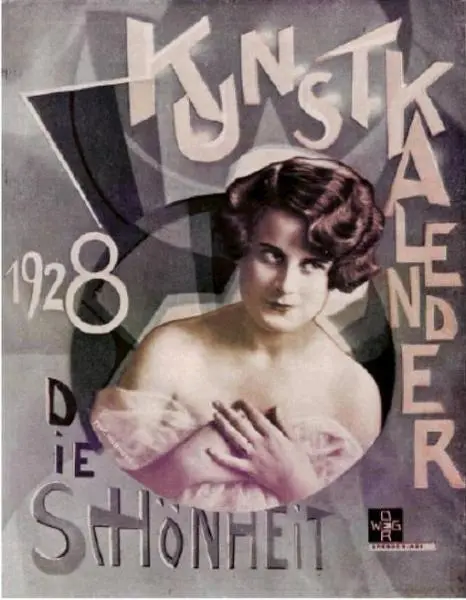
Cover of Die Schönheit nudist calendar
In 1903, Heinrich Pudor, a devotee of air-bathing, combed the alternative, commercial muck and extracted from it the most outdoorsy and naturalist elements. He gave these nude therapies and philosophies an intriguing modernist name, Nacktkultur (Naked Culture), which effectively separated them from their folk and quack-cure sisters. Two artistic monthlies, Die Schönheit and later Kraft und Schönheit , advanced Pudor’s vision of natural health and extolled his Manichean division of Germany into wholesome, young nudists—or potential nudists—and their envious opponents.
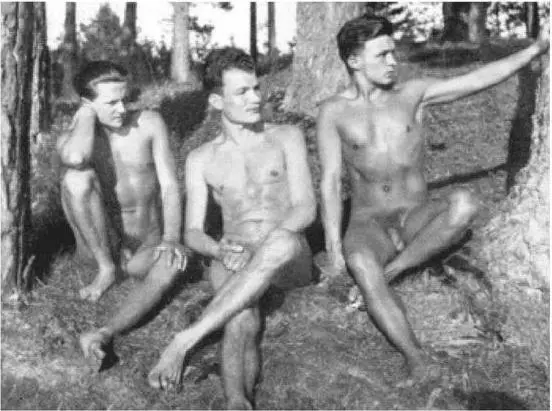
Boys from New Sunland
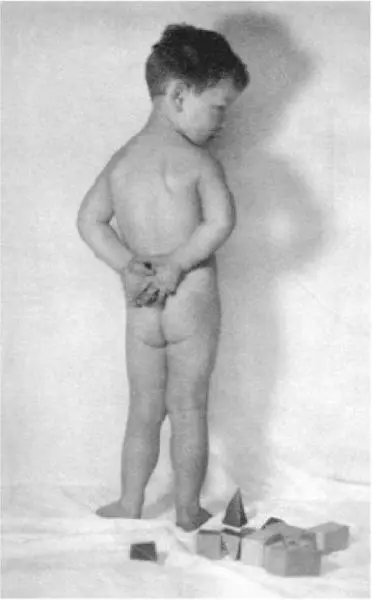
Naked-bathing was the most ubiquitous activity of the early Nacktkultur groups. The nude human body in free-flowing water provided arresting photographs for the aesthetic journals and echoed the German Romantic notion of man in joyous harmony with nature. Pudor even attacked the over-the-chest bathing suit as a Philistine invention. He harangued swimming trunks as the contemporary “mark of Cain,” created and worn by people ashamed of their genitals. No wonder the most popular color was red, Pudor wrote; the anti-Naturalists who covered their pasty bodies with them were in a perpetual state of blush.
Several private Nacktkultur lodges in Berlin opened in 1907 as a result of Die Schönheit ’s persuasive propaganda. The same year, Richard Ungewitter published Nudity and Culture , the first in a long string of intellectual pamphlets (with a total sales of 100,000) that lauded Pudor’s dream. Ungewitter also affixed mystic Aryan and temperance features to the simple Nacktkultur philosophy: nudism, abstinence from alcohol and tobacco, and vegetarian diets were the means by which the German race would regenerate itself and ultimately prevail over its neighbors and the diabolical Jews, who were intent on injecting putrefying agents into the nation’s blood and soil.
While Wilhelmian Germany’s vice police checked the growth of the Nacktkultur societies and their ability to proselytize, Ungewitter turned the movement upside down with his cultist screeds. Nacktkultur enthusiasts were forced to consider the deep political meaning of their Edenic pursuits. The German Life Reform league splintered into hostile ideological camps in those years. Even the apoliticos had to explain their national purpose.
At first, the linkage of nudity to the dogmatic issues of German public policy and social renewal seemed overreaching and blunted its unvarnished allure. The Nacktkultur , for the most part, was a reaction against the stultifying bourgeois existence, an indolent lifestyle that corporally terminated at the shoulder-blades. Bathing naked in a stream with one’s family didn’t normally attract the mokka-and-newspaper crowd from Berlin’s smoky gentlemen clubs. But, starting in the Weimar period, everything changed. Nudism joined the political struggle and Germany’s extremist parties embraced the Nacktkulturists .
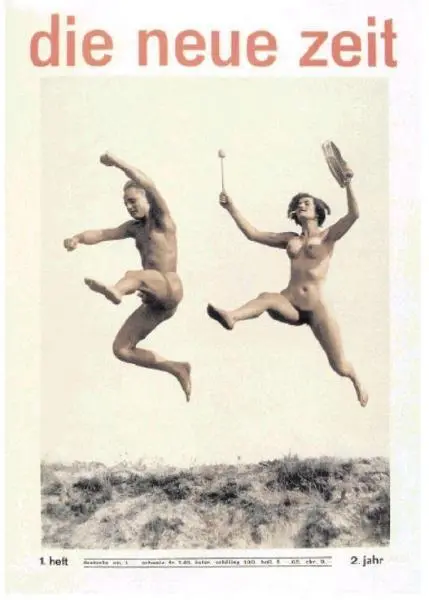
AN AFTERNOON AT ADOLF KOCH’S “SOCIETY OF FREE MEN” (1929)
I saw one of the worst groups: skeleton-like adolescents and varicose old men; women with pendulous breasts and others whose posteriors might well vie with those of a Hottentot Venus. There were even consumptives who came back from their “sun showers” with great red moons on throat and backs.
Koch makes them dance—and they dance.
Awkwardly at first—and pitiful, it is, to see such efforts towards harmony made by these unshapely creatures.
They dance…
And gradually, it seems to me, the charm begins to work. The pervading rhythm, Koch’s persuasive words, the warm emanations given forth by all these bodies, intoxicate them. The pace quickens. They forget their ills, which yet permit them this physical lightness.
Some have lost their look of sad resignation; that expression of envious revolt, which characterized others, falls away. One of the women, with gnarled legs but with beautiful breasts, tenses her torso as though in dedication to some invisible male.
These too, then, amid the intoxication which music and feverish dance arouse in all their senses, these too may dream for one instant that they are—who knows?—beautiful and strong, or at least like their fellows.
Читать дальше



















